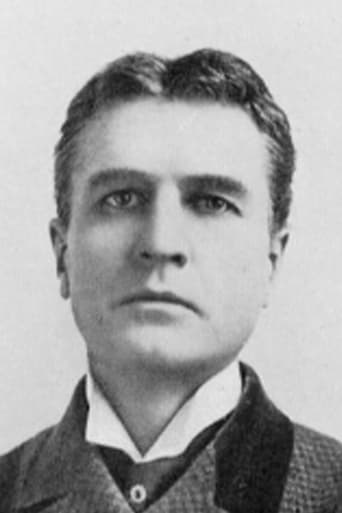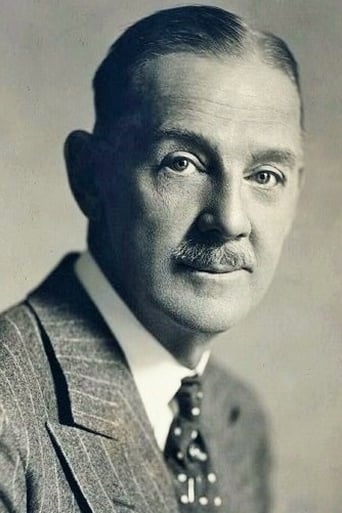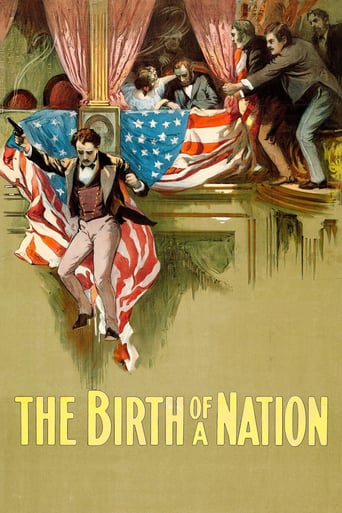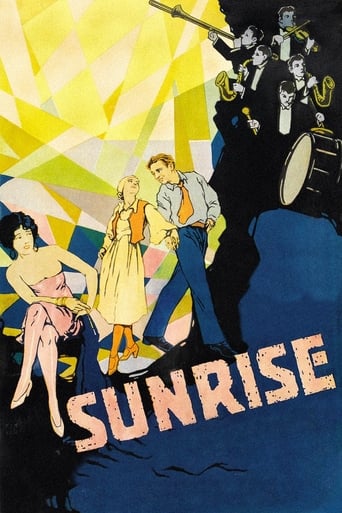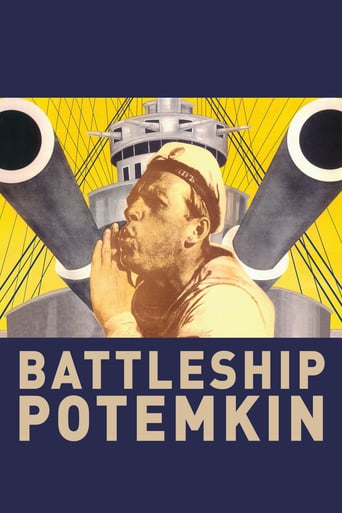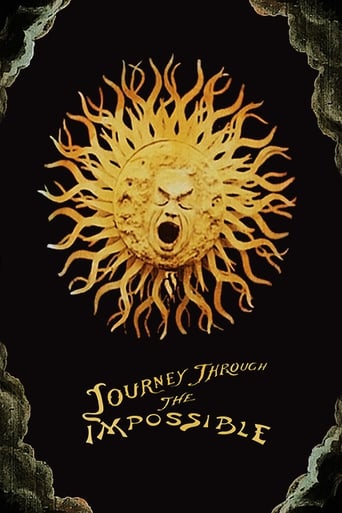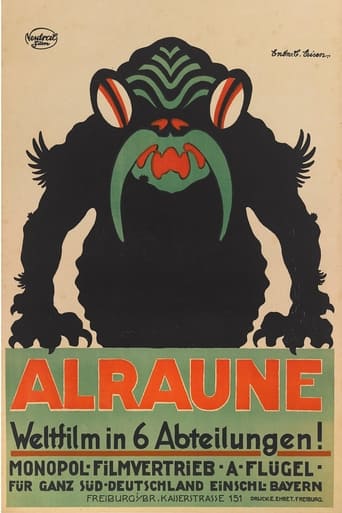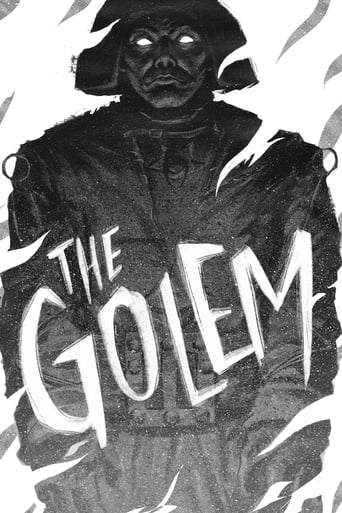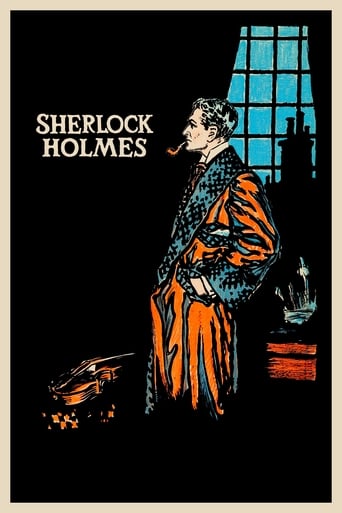

Sherlock Holmes (1916)
When a couple of scammers hold young Alice Faulkner against her will to discover the whereabouts of letters whose dissemination could cause a scandal affecting the royal family, Sherlock Holmes decides to take over the case. (Considered lost, a copy was found in 2014, in the vaults of the Cinémathèque Française.)
Watch Trailer
Cast
Similar titles
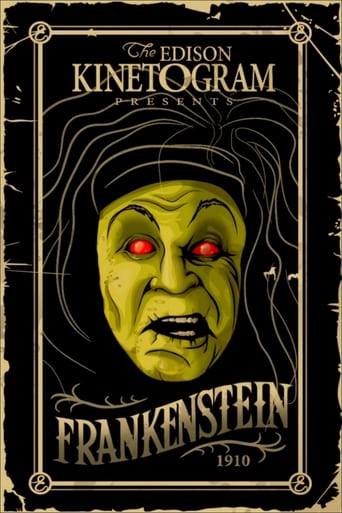
Reviews
Simply Perfect
Pretty Good
everything you have heard about this movie is true.
A story that's too fascinating to pass by...
8.5 out of 10 I had the privilege of seeing this at the Castro Theater in 2015 for the public world re-release at the Silent Film Festival there. I had no idea what to expect since the film had been lost for nearly 100 years, and I have never been a huge Holmes fan (but I don't dislike the character at all). As we know, silent films can sometimes move at a snoring pace, so I kept my expectations low.This film really surprised me with its Mystery Comics/early Noir kind of feel- splitting the film into "to be Continued...!" type of segments, since it was originally a serial. I imagine it can be enjoyed watched in 3 separate parts as well (it wasn't meant to be a 2-hour sit-down affair).The pace is great overall, only a little sluggish at first with the introductory part of the plot (a letter scandal or sorts?) being very outdated. After the first part of that serial you will feel right at home (or Holmes!) with all the booby traps and laughs. William Gillette absolutely steals the show every time he's on screen and it is no wonder that he was adored for his portrayal of the character at the time of release.I won't give away any of the gags or trickery, but they are top-notch and this film has Chaplin-inspired hoodwinking all over the place. If you enjoyed Chaplin's Essanay work like "Police" or his work on "The Adventurer" then this will be right up your alley.Going deeper, this film also provides a fascinating insight into the development of the modern "Super Hero." Sherlock Holmes was in many ways the world first superhero, his intellect being the primary superpower. It's kinda neat to think of how this protagonist archetype has developed over the last 100 years! A fine gem to be preserved for future generations :)
There are two things to recommend this film. First of all, it is in marvelous condition for something made in 1916. Secondly, we get to see the famous William Gilette, who played the great detective over 1000 times on the stage. This version is the stage version, sans most of the dialogue. The story is a bit confusing at first, but it involves a young woman whose sister had an affair with royalty. She has letters that would prove embarrassing to a prince. Holmes has been hired to get those letters (like in "A Scandal in Bohemia"). There are a man and his wife, the Larabees, who also want to get their hands on those letters in order to turn a profit. Enter Moriarity, Holmes' arch rival. There are a series of ridiculous plots that don't work because people are stupid. The young woman is clueless. She also becomes a love interest for Holmes. This is out of bounds in the canon. One thing lacking is that Holmes is uninteresting and dull. He is coy and sad. His overconfidence is his greatest trait and he has none of that here. Still, as a period piece, it is fun.
This film, up until recently thought to have been lost, is of interest chiefly as a record of the earliest, and among the most famous, portrayals of the immortal Sherlock Holmes. William Gillette, who portrays Holmes in this movie, first played Holmes on stage in 1899, and continued to do so for over 1,300 performances during the next 35 years. To audiences before 1939, when Basil Rathbone made the role his own, William Gillette WAS Sherlock Holmes. This is a somewhat stagy version. That is partly due to having been made in 1919. However, it is also due in large measure to the fact that the movie actually is, for all intents and purposes, a filmed version of the stage play, which Gillette not only starred in, but also wrote. Nevertheless, this is a fascinating film to view, as well as a valuable record of one of the most famous portrayals of one of the most famous characters in literature.
In 2014 it was announced that a negative of this film had been discovered in France and would be restored for the world to see. After being considered lost for nearly 100 years it is miraculous for this to have happened. Once the restoration was complete there were only two planned theatrical screenings; one at the Cinémathèque Française film festival in France in January 2015 and another at the Silent Film Festival in San Francisco in the United States in May of 2015.I had the good fortune to be able to attend the San Francisco screening at the beautiful and historic Castro Theater. Live music accompanied the screening, performed wonderfully by the Donald Sosin Ensemble. The theater itself was filled to capacity for the single screening and a line trailed down the sidewalk outside the building.The film itself, post restoration, looked great. The image quality throughout was very strong and consistent with rich detail. One of the most striking features of the film itself is it's camera work and cinematography. Unusual for the time period there is a lot of camera movement and stylized editing. The visual style employed by the film is both very effective and engaging and may well have been a significant influence on other filmmakers of the time. (This viewer has seen nothing similar to it for that era.) As per the original theatrical release the film is color-tinted an orange-sepia for the interior/daylight sequences and a dark blue for the night/exterior sequences. This also is a very effective device that adds impact to the film, and successfully heightens the experience. (Especially compared to if the entire film were in standard black and white.) There is a significant amount of exposition present in the inter-title cards (which had to be translated from French back into English). This may be because much of Gillette's play had to be scaled back for the film adaptation.What of Gillette? His was the first performance that anyone ever saw of Sherlock Holmes. In general appearance he does seem to be cut almost directly out Sidney Pagent's original drawings for Holmes. At the time of filming he had been playing Holmes for decades and he does portray a rich and nuanced Holmes on screen. His characterization is both powerful and playful at times, displaying a wry sense of humor. While comparisons will be made to every other actor who has been Holmes on screen (particularly Basil Rathbone, his closest contemporary) his physical movement did remind this viewer a great deal of Jeremy Brett. His was a strong and sturdy Holmes and not a thin rail of a man.Other classic characters are, of course, present. Watson is used minimally, and not surprisingly, often for comic effect. However, it is done with care and he is an intelligent and believable character in the story. In general, the other performances (done by several of Gillette's stage company) are above par for films of the period, but do occasionally dip into Victorian clichés (as does the story now and then).The script was a pastiche of several Holmes stories and Gillette had Doyle's full permission to take liberties with the cannon, and he does. Audiences should keep this in mind, and note that during filming Sherlock Holmes was not the century-old icon that he is today. Overall, the film is still enjoyable and engaging even for contemporary audiences. Gillette's Sherlock Holmes has aged well, and happily can be enjoyed again by new generations of fans.
